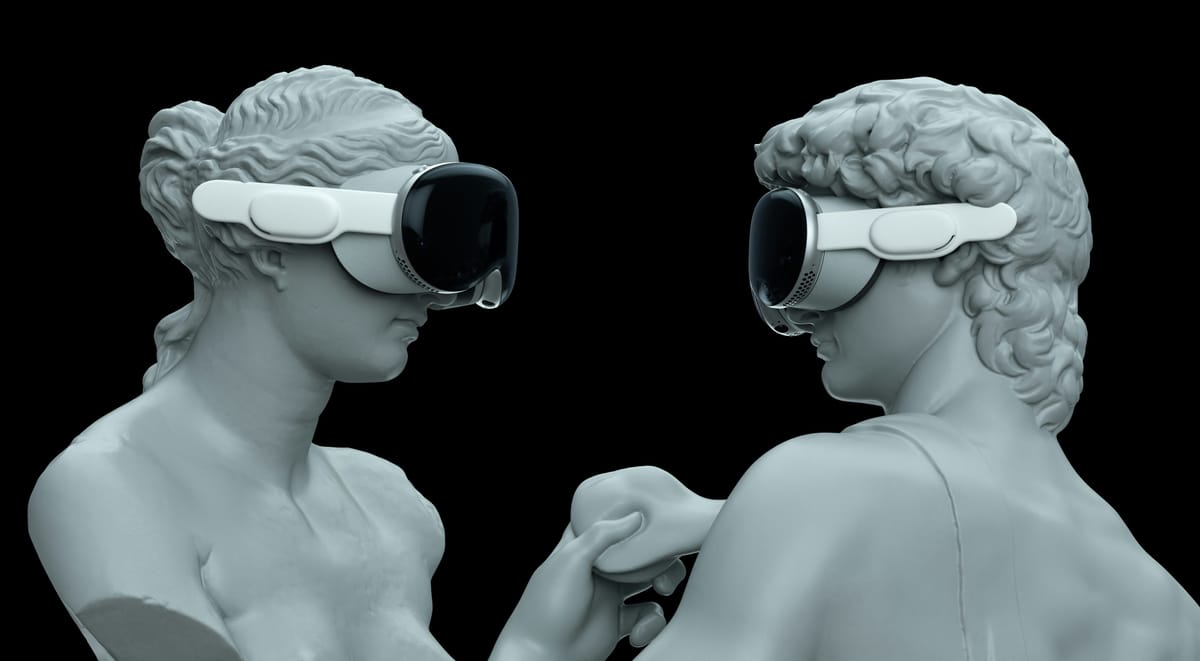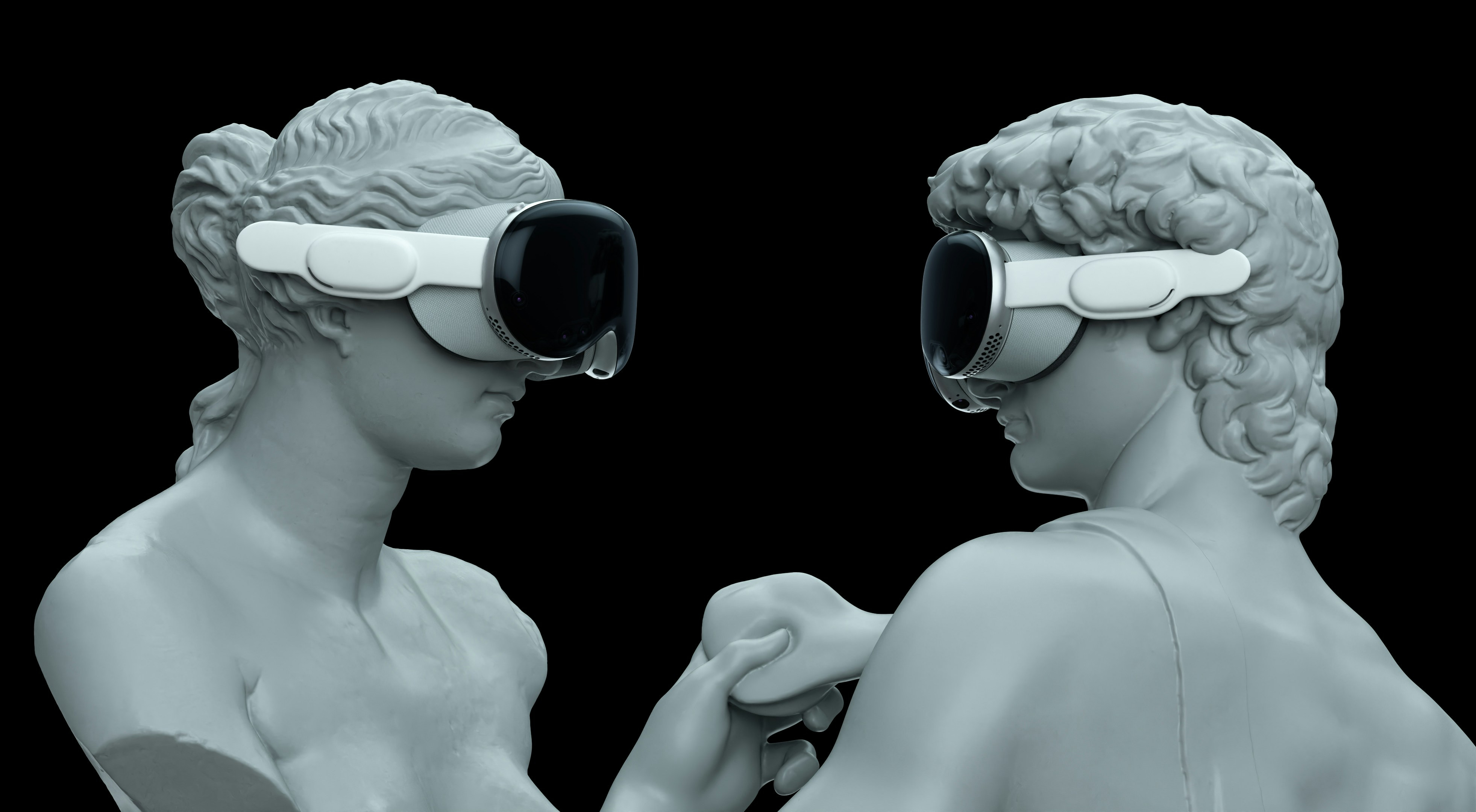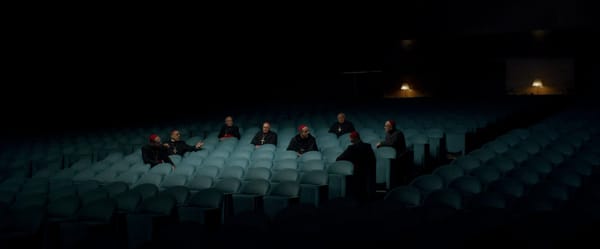Has modernity failed us?
What AI tells us about human creativity

There was a time when technology shocked audiences out of their seats.
The image of an oncoming train in the 1896 French short film Arrival of a Train at La Ciotat was said to have had such an extreme effect on the unsuspecting audiences that people jumped from their seats to escape the approaching vehicle.
At the time, projecting a life-sized train onto a screen was a technological miracle.
Nowadays, it feels like we’ve grown accustomed — or perhaps desensitised — to whatever the newest innovation is. The rapid evolution of technology has created a norm that leaves us expecting only better, faster, and smarter digital upgrades. It eventually starts to feel like we’ve reached the point of having seen it all.
But then AI comes along.
The concept of AI has been around for a while but it’s never seemed as pervasive as it’s been over this decade. From generating text-based discussions to creating oil paintings and live-action videos of dogs walking across windowsills, AI's strengths and weaknesses have been showcased across social media to varying responses.
Though the inescapable discourse around AI is both tiresome and nerve-racking, there are some gems amongst public reactions to the phenomenon:
“Can we get some AI to pick plastic out of the ocean or do all the robots need to be screenwriters?” — Matt Somerstein, Twitter/X
AI has been perceived as a threat to creatives across the arts and rightfully so. Amongst the notable cases against AI are legal issues of the technology being trained on copyrighted publications as well as its unregulated invasiveness in film, writing, and visual arts. Not to mention the problematic human biases that seep into the programmes’ “brains”.
Now I’m no AI expert nor do I have any particular stance on its existence. I, like many others, have simply been sucked into its grip on society against my will. However, even from a layperson’s perspective, the consequences of AI on our creative industries shed light on the nature of human creativity and its significant role in society.

Matt Somerstein’s tweet interrogating AI’s usage in everyday life does make me wonder why artistic endeavours have gained such dominance within the development of AI. What does the pursuit of making AI-produced art indistinguishable from human-made art tell us about the inherent value of our creativity?
Does it perhaps suggest that the most human part about being human can be found in our creativity? Are we most in touch with our existence when we have ink embedded in the ridges of our fingertips? Or when there’s dried paint beneath our nails? Maybe our humanness is in the tunes that we hum between chores or in the freedom we give our bodies when we dance.
AI’s ability to replicate human-made artwork will only get more and more uncanny. It’s not wrong to assume that the flaws we’re seeing in AI-generated art, writing, and media will quickly become imperceptible.
Nonetheless, that doesn’t take away from the fact that there’s something magical about having a power within us that remains untouchable. Something that even the most advanced, science-fiction-like technology can’t wrap its artificial mind around.
Even if it’s just for now.
If you’re finding any value, joy, or comfort from The Kulturalist, please consider supporting my work at the button below. Every contribution helps to keep the words coming. Thank you for being here!
If you enjoyed this post, you might like this one about a futuristic look at human relationships with AI:







